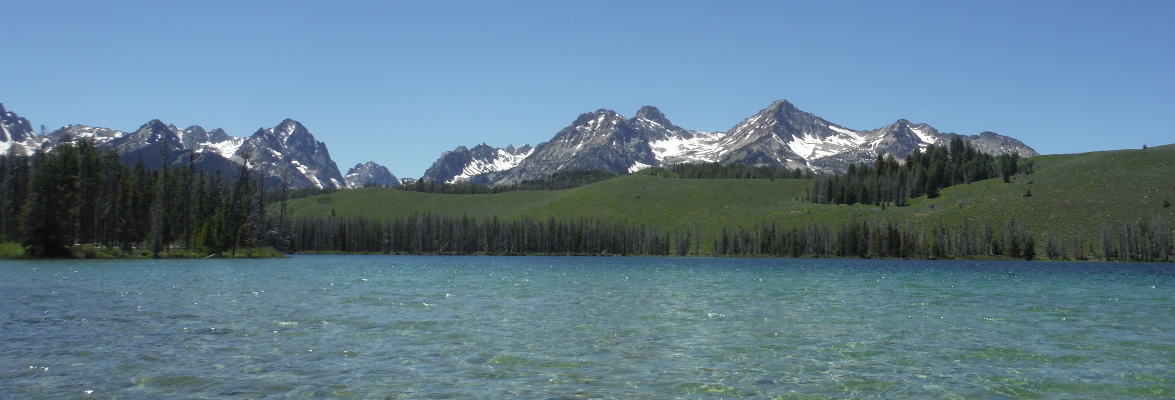A few weeks ago I offered to answer reader’s questions in a new segment that would be posted every Thursday, assuming that there is a question to answer. I got the first one since this offer from Bakesale. Jeff, don’t worry, I haven’t forgotten about the questions you asked that I have yet to answer, but they are such heavy questions that few can be answered with a simple, easy post and have actually fueled a few series so far.
I have a question for you. A serious question, not one that is supposed to prove any sort of theory, I am interested in the answer. How does evolution explain fossils of sea creatures, such as shellfish, several thousand feet above sea level in Nevada?
Evolution is the study of changes in allele frequency in a given population over time. How fossils of sea creatures managed to go from being under the ocean to thousands of feet above sea level and hundreds of miles from the nearest ocean is a great question of geology.
Shells and exoskeletons fossilize relatively easily since they are heavy, sink quickly to the ocean floor, and can be easily buried by other sediments. Over time these sediments harden into rock. A fine example of this is the trilobite fossils commonly found in shale deposits all over the world.
Plate tectonics result in continental drift and uplift, as a result areas that were once under water are now high up on the mountains. This would be no different for Nevada, which was once the floor of an ancient ocean or sea. Over time that land has uplifted. Thus the fossils of marine life that once lived there have risen to their current high elevations.
This is a better answer than a global flood for several reasons:
- There are also fossilized tracks and burrows of marine life found near the fossils of the marine life.
- A flood would have scattered bones, rather than leave them together.
- The receding flood waters would have eroded mountains, not create them, and would have washed the fossils down into the bottoms of valleys.
References:
Marine fossils found on mountains (Talk Origins)
Trilobite (Wikipedia)
